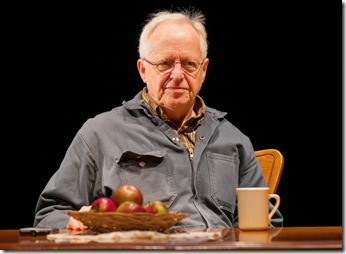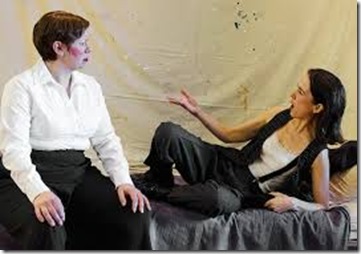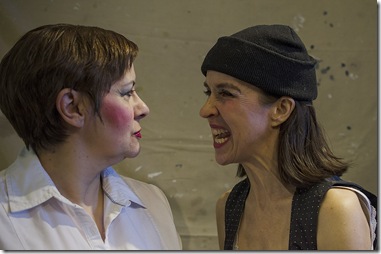Seeds at the National Arts Centre: Brilliant docudrama
Photo fro the Ottawa Citizen: Wayne Cuddington.
Eric Peterson as Percy Schmeiser.
Who would have guessed that a legal battle over genetically modified canola could be scintillating?
Yet that’s precisely what Montreal playwright Annabel Soutar’s docudrama Seeds achieves. Not to mention being a smart and sympathetic study of the complexities of human nature, a challenge to our tendency to operate on presuppositions, and a meditation on the nature of life.
The story seems straightforward. In the late 1990s, Saskatchewan farmer Percy Schmeiser (played here flawlessly by Eric Peterson of television’s Corner Gas and Street Legal) was accused of patent infringement by agribusiness titan Monsanto Canada for planting their genetically modified (GM) canola seed without a licence.
Scheismer claimed that the seeds had wound up on his property by accident, and that as a property owner he had the right to do with those seeds as he wished.Monsanto figured he’d buckle under their pressure, but he fought back. The case wove its way to the Supreme Court of Canada where Schmeiser lost in a five to four decision in 2004.(read more)………









